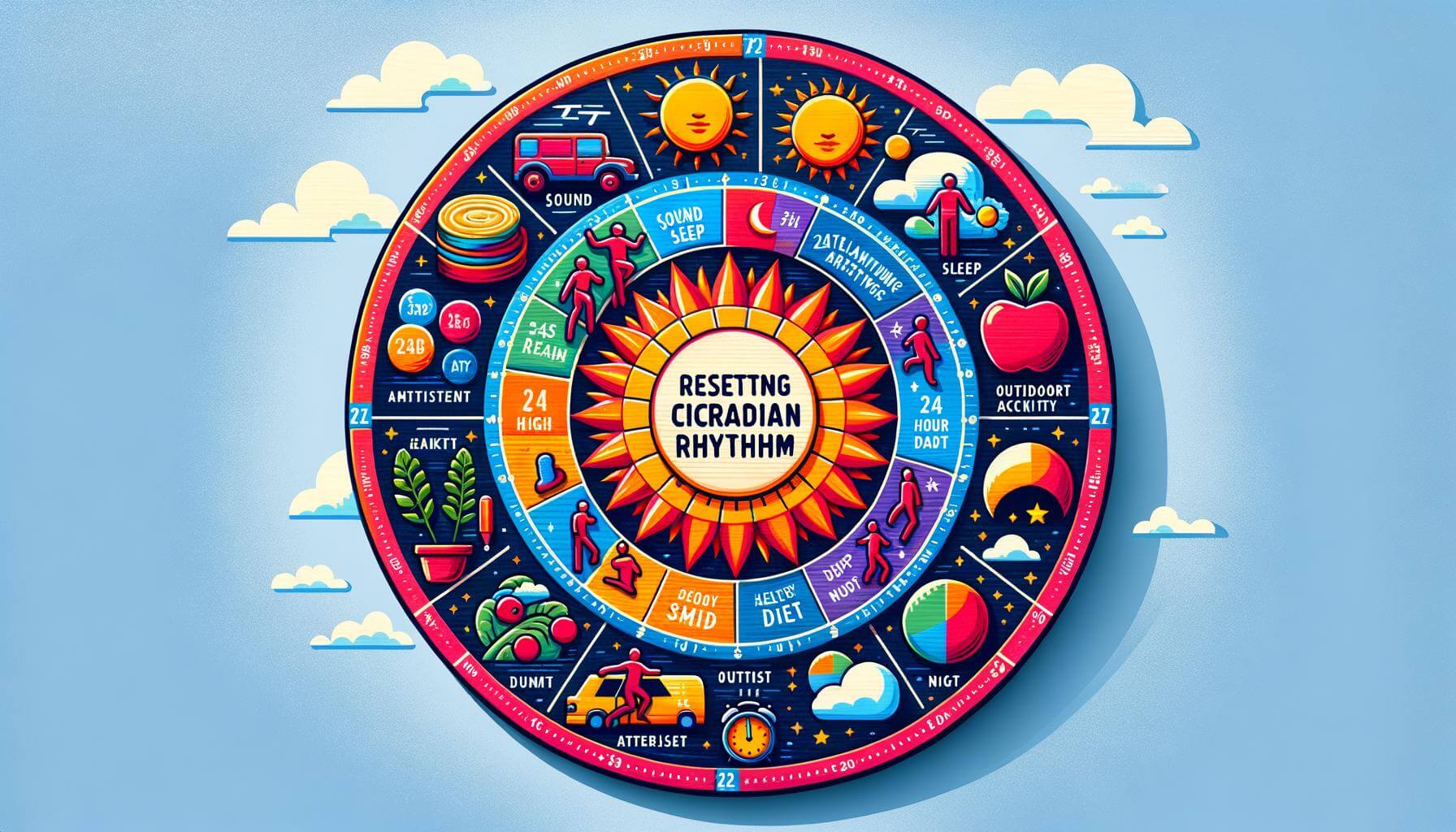
Tips for Reducing DOMS (Delayed Onset Muscle Soreness)
Delayed Onset Muscle Soreness (DOMS), a phenomenon familiar to most fitness enthusiasts, is the muscle pain and stiffness that occurs after intense physical activity. Often peaking 24-72 hours after a workout, DOMS can be quite uncomfortable and tends to hinder one’s ability to perform subsequent workouts optimally. However, there are several strategies you can implement to effectively reduce DOMS and enhance your recovery process. In this article, we will outline some practical tips to help you alleviate the discomfort associated with DOMS and improve your overall fitness journey.
Understanding DOMS
Before delving into the methods to reduce DOMS, it’s crucial to understand why it occurs. DOMS is caused by microscopic damage to muscle fibers, which results from the eccentric (lengthening) contractions during resistance training or other forms of intense exercise. This damage triggers an inflammatory response in the body, leading to pain and discomfort in the affected muscles.
Tips for Reducing DOMS
1. Gradually Increase Intensity
One of the most effective ways to reduce the severity of DOMS is to gradually increase the intensity and volume of your workouts. Rapidly ramping up the intensity or duration of your exercise routine can significantly increase the likelihood of experiencing severe DOMS. Aim to progressively overload your muscles over time, allowing them to adapt and minimize the potential for excessive soreness.
2. Proper Warm-Up and Cool-Down
Engaging in a thorough warm-up before your workout and a cooldown afterward can play a significant role in reducing DOMS. A proper warm-up should include dynamic stretching and low-intensity aerobic activity to increase blood flow to the muscles and prepare them for the upcoming workout. Similarly, a cooldown comprising static stretching and gentle movements can help prevent muscle stiffness and alleviate soreness.
3. Adequate Hydration and Nutrition
Hydration and nutrition are key factors in minimizing the impact of DOMS. Staying well-hydrated ensures proper nutrient delivery to the muscles and aids in the removal of metabolic waste products that contribute to soreness. Additionally, consuming an adequate amount of protein, essential fats, and carbohydrates can support muscle repair and reduce the duration of DOMS.
4. Active Recovery
Incorporating active recovery strategies such as light cardio, yoga, or mobility exercises on rest days can promote blood flow and alleviate muscle soreness. Active recovery helps to flush out metabolic by-products and facilitates the repair and regeneration of damaged muscle fibers, ultimately diminishing the severity of DOMS.
5. Foam Rolling and Massage
Utilizing foam rollers and receiving regular massages can be beneficial in reducing DOMS. Foam rolling, in particular, can help release muscle tension and improve tissue flexibility, leading to decreased soreness and improved overall recovery. Similarly, targeted massages can alleviate muscular tightness and enhance circulation, aiding in the mitigation of DOMS symptoms.
6. Incorporate Recovery Supplements
Certain supplements, such as branched-chain amino acids (BCAAs), fish oil, and tart cherry juice, have been shown to have anti-inflammatory and muscle recovery properties, thus potentially reducing the severity of DOMS. While it’s essential to consult with a healthcare professional before adding any new supplements to your regimen, these options may offer additional support in expediting the recovery process.
7. Quality Sleep
Prioritizing adequate sleep is paramount for reducing muscle soreness and enhancing recovery. During sleep, the body undergoes various physiological processes that contribute to muscle repair and growth. Aim for 7-9 hours of quality sleep each night to optimize your body’s recovery from exercise-induced stress and minimize the impact of DOMS.
8. Listen to Your Body
Lastly, but certainly not the least, it’s crucial to listen to your body and avoid overtraining. Pushing through severe DOMS to maintain a rigorous workout schedule can often exacerbate the issue and lead to prolonged recovery times. Pay attention to your body’s signals, and be willing to adjust your training intensity or take additional rest days as needed to facilitate recovery and reduce the likelihood of recurring DOMS.
Conclusion
In conclusion, DOMS is an inevitable aspect of physical training, especially when incorporating new exercises or increasing workout intensity. However, by implementing the aforementioned tips, you can effectively mitigate the discomfort associated with DOMS and expedite the recovery process. Remember that consistency, proper recovery, and a well-rounded approach to fitness are essential for achieving long-term success in your fitness journey.
By following these strategies, you can reduce the severity and duration of DOMS, allowing you to stay on track with your fitness goals and enjoy a more comfortable post-exercise experience.
Remember, the key to minimizing DOMS lies in a holistic approach that encompasses proper training, nutrition, recovery, and overall self-care. By integrating these tips into your routine, you can optimize your efforts in the gym while minimizing the impact of delayed onset muscle soreness.
Now, armed with this knowledge, you can approach your workouts with confidence, knowing that you have the tools to effectively manage and reduce the discomfort of DOMS, ultimately maximizing your fitness potential.
